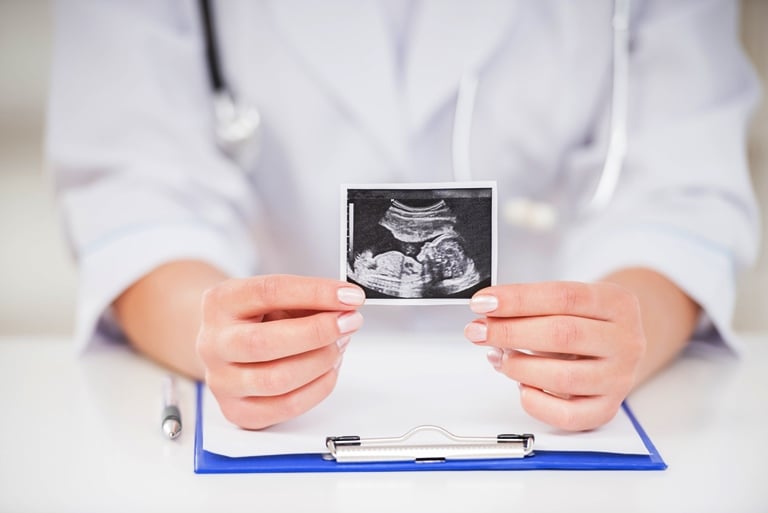
This month, we’re providing a deeper understanding about birth defects through a series of blog posts that look into the different types, the causes, and preventative measures. This article is going to look at what types of treatment are available for different types of birth defects.
Not all birth defects are treatable, and so depending on the type of defect and the severity, there is likely to be a range of treatment types available. There are four main types of treatment; medication, therapy, surgery and assistive devices.
Medication
Depending on the type and severity of the defect, medication can often be a simple solution to enable your child to live a happy and fulfilling life. If your child is born with a heart defect, it may be that medication is an alternative to surgery, or an additional form of treatment depending on the type of defect.
Treating defects with medication can often be a suitable alternative depending on your circumstances, or can help keep your child healthier for longer if you’re on a waiting list for surgery so it’s worth speaking to your doctor about what options are available in treating the defect.
Therapy
There are currently a wide range of therapies to help deal with certain defects, including heart defects and sickle-cell disease. If your baby is born with a defect that is likely to require therapy, then you will be referred to a specialist who will be able to talk you through the therapies involved in treating your child’s defect. In some cases, these therapies – such as leg exercises to improve mobility – can be carried out by the parents and don’t require a doctor or nurse to be present.
Gene therapy is also an option, and this involves the replacing of a mutated or missing gene to help treat genetic disorders. Although this area of medicine is still in its infancy, there have been a variety of successful gene therapy treatments.
__________
Read More:
Tips to Prevent Birth Defects During Pregnancy
Making Healthy Choices to Prevent Birth Defects
Diaphragms Grown from Stem Cells May Cure Birth Defect
How does a heart defect start? Scientists Use Stem Cells to Find Out
__________
Surgery
Surgery is often required to correct structural disorders such as a cleft lip or cleft palate. And babies born with spina bifida are likely to be operated on within 48 hours of being born to limit the amount of damage this defect can cause. In some cases, this is crucial to enable the child to maintain the use of their legs.
Surgery is often a common form of treatment when dealing with a heart defect, although this isn’t the only form of treatment for this type of defect but largely depends on the severity.
Assistive devices
Although they don’t necessarily help to cure the defect, assistive devices can range from hearing aids, to wheelchairs, to prosthetics. This type of treatment allows individuals to experience a better quality of life – compared to if the assistive device wasn’t available.
This is incredibly important for parents who have a child in need of an assistive device, as this can enable play and allow them to live a happier and more fulfilling life.
Resources:
https://www.nichd.nih.gov/health/topics/birthdefects/conditioninfo/pages/treatment.aspx
https://www.parents.com/baby/health/birth-defects/9-birth-defects-and-their-symptoms-and-treatments/
{{cta(’73e51d6c-1181-4aa2-86c3-a35b5c3eb7ad’)}}


